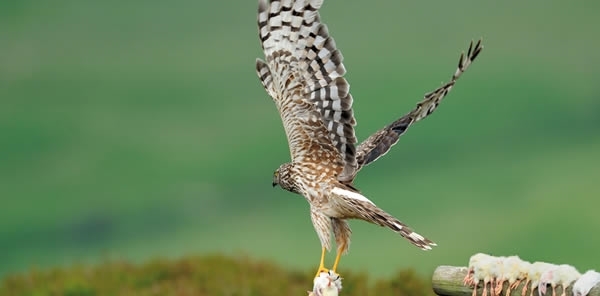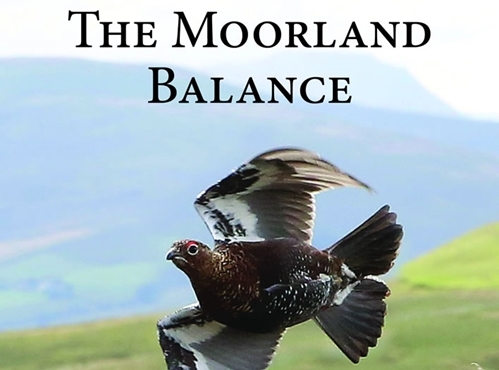
When Defra released its plan to recover hen harriers in 2016, it had two success criteria: more hen harriers in England, and that “the harrier population coexists with local business interests and its presence contributes to a thriving rural economy”.
Game & Wildlife Conservation Trust research shows that, in some circumstances, hen harriers can make a grouse moor unsustainable in just a few years. This is why it is sensible that the plan included a trial of a well-understood raptor conservation tool, which should help hen harriers and red grouse thrive – in the interests of both.
The GWCT is part of Natural England’s working group that designed the brood management scheme trial. This non-lethal management scheme is intended to unlock conflict in the moorland conservation world by testing with land managers a practical approach to reducing harrier predation on grouse. Licences issued by Natural England will enable this trial to be carried out and assessed.
The trial is an important part of Defra’s six-point Hen Harrier Recovery Plan. We welcome this significant milestone and the active involvement of so many, including the Moorland Association, National Gamekeepers’ Organisation, University of Aberdeen, Hawk & Owl Trust and the International Centre for Birds of Prey.
Dr Adam Smith said: “The GWCT knows from its research that in certain circumstances hen harriers can make a grouse moor unsustainable. We believe it important the hen harrier recovery plan includes this practical trial of a well-understood raptor conservation tool, a brood management scheme. If successful, this should help hen harriers and red grouse thrive – in the interests of both, and of moorland.”

Buy our essential book for just £8.95
Our bestselling 56-page paperback offers an insight into all the science behind grouse shooting and moorland management.
Buy now >